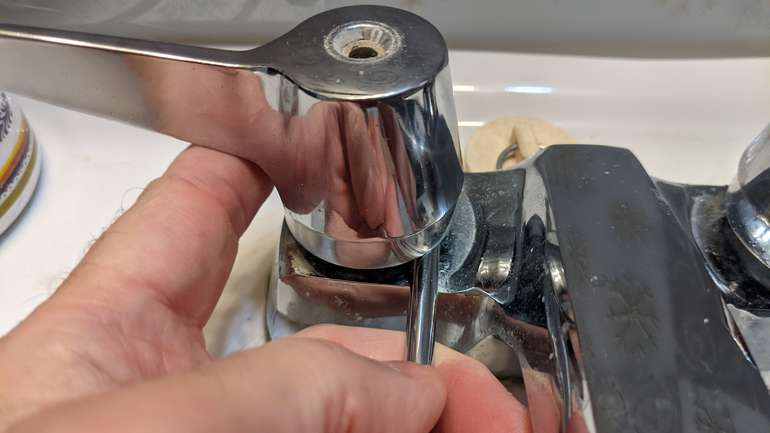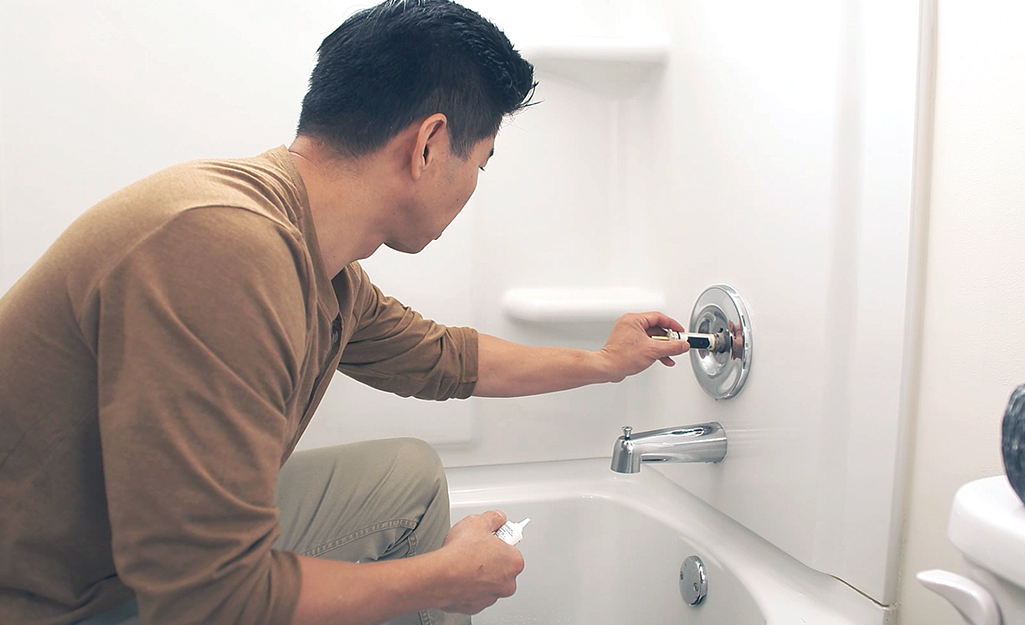An Motives Behind Correcting a Broken Faucet
An Motives Behind Correcting a Broken Faucet
Blog Article
The writer is making several good pointers about Why Is It Important To Fix Your Leaking Tap/Faucet? in general in this post underneath.

Dripping faucets could seem like a small inconvenience, however their influence goes beyond just the annoyance of the audio. From wasting water to incurring unnecessary monetary expenses and health threats, neglecting a leaking faucet can bring about different consequences. In this short article, we'll explore why it's critical to address this usual house issue without delay and properly.
Wastefulness of Water
Ecological Effect
Dripping faucets add considerably to water wastefulness. According to the Environmental Protection Agency (EPA), a single faucet trickling at one drip per secondly can throw away greater than 3,000 gallons of water each year. This not just strains water resources yet additionally influences communities and wild animals based on them.
Step-by-Step Guide to Dealing With a Dripping Tap
Devices Needed
Before trying to fix a leaking tap, gather the required devices, including a flexible wrench, screwdrivers, substitute parts (such as washing machines or cartridges), and plumber's tape.
Typical Faucet Issues and Their Solutions
Recognize the type of tap and the particular concern causing the drip. Typical problems consist of worn-out washers, rusty valve seats, or damaged O-rings. Refer to supplier guidelines or on the internet tutorials for detailed assistance on repair work.
Financial Expenses
Enhanced Water Bills
Beyond the ecological impact, dripping taps can inflate water bills considerably. The collected wastage with time equates right into higher energy expenditures, which might have been avoided with prompt fixings.
Possible Residential Or Commercial Property Damage
In addition, extended dripping can lead to harm to components and surfaces surrounding the tap. Water buildup can trigger staining, deterioration, and even architectural problems if left unattended, resulting in additional fixing expenses.
Health Issues
Mold And Mildew and Mold Growth
The constant visibility of moisture from a leaking tap creates an optimal setting for mold and mildew growth. These fungis not just compromise indoor air top quality yet additionally position wellness threats, particularly for people with breathing conditions or allergic reactions.
Waterborne Diseases
Stagnant water in leaking taps can come to be a breeding ground for germs and various other microorganisms, enhancing the threat of waterborne illness. Contaminants such as Legionella microorganisms flourish in stationary water, potentially resulting in serious ailments when consumed or inhaled.
DIY vs. Expert Repair work
Advantages and disadvantages of Do It Yourself Repair Service
While some might attempt to deal with a leaking tap themselves, DIY fixings feature their own set of obstacles. Without correct understanding and tools, do it yourself efforts can intensify the issue or bring about incomplete repairs, lengthening the issue.
Advantages of Employing a Professional Plumber
Employing a professional plumber makes certain that the underlying cause of the leaking tap is dealt with properly. Plumbing technicians possess the experience and tools to identify and fix faucet issues effectively, conserving time and minimizing the threat of further damage.
Environmental Obligation
Specific Payment to Preservation
Taking duty for fixing dripping faucets aligns with broader efforts toward water preservation and ecological sustainability. Every person's actions collectively make a significant impact on maintaining priceless sources.
Sustainable Living Practices
By prioritizing prompt fixings and taking on water-saving routines, individuals add to lasting living techniques that profit both present and future generations.
Safety nets
Routine Maintenance Tips
To stop leaking taps, do routine upkeep such as cleaning aerators, checking for leaks, and replacing worn-out components without delay. Additionally, consider mounting water-saving devices or updating to more efficient components.
Value of Prompt Services
Dealing with dripping faucets as soon as they're seen prevents further water wastage and potential damage, ultimately saving both water and cash over time.
Influence On Home Worth
Perception of Well-Maintained Residential Or Commercial Property
Keeping a home in good condition, including attending to upkeep problems like leaking faucets, enhances its regarded value and charm among potential buyers or lessees.
Impact on Resale Value
Properties with properly maintained plumbing components, including taps, command greater resale values in the realty market. Addressing leaking faucets can contribute to a favorable impact during residential property inspections and negotiations.
Final thought
Resolving a dripping faucet exceeds simple comfort; it's an essential step toward conserving water, reducing monetary expenses, and securing wellness and building. Whether via do it yourself repair services or expert support, doing something about it to deal with leaking faucets is a small yet impactful means to advertise responsible stewardship of resources and add to a healthier, extra lasting future.
Most Common Reasons for a Leaky Faucet and How to Stop the Drip
Whether it’s your kitchen faucet leaking or a bathroom faucet leaking, one leaky faucet can waste anywhere from three to 30 gallons of water every single day. If the constant drip-drip-drip doesn’t get your attention, your water bill will. The good news is that, by following a few simple steps, chances are pretty good you can fix the problem yourself.
Why is it dripping?
Before you start taking things apart, let’s break down some of the most common causes of a leaky faucet.
Bad O-ring.
A cartridge is a valve that controls the flow of water into the faucet spout. On cartridge faucets there’s an O-ring—the little disc attached to the stem screw that holds the faucet handle in place. If it’s loose or worn-out, it can cause your sink handle to leak. Of course, the cartridge itself could be worn out. If that’s the case, make sure you replace it with the exact same kind.
Corroded valve seat.
The valve seat connects the faucet and the spout. If the leak seems to be coming from the spout, it might be because a buildup of water sediment has corroded the valve seat.
Worn-out washers or seals.
A leaky spout could be caused by a bad washer that rests against the valve seat. It’s just a matter of time before friction takes its toll. It could also be the wrong size washer or one that’s been installed incorrectly. Water sediments can also corrode inlet and outlet seals.
Water pressure.
If the faucet only drips now and then, or when you turn the handles a certain way, you should probably check your home’s water pressure.
Loose or broken parts.
The adjusting ring and packing nuts in the stream screw can become loose over time, causing your sink handle to leak. Try tightening or replacing the packing nut. If the leak is coming from the pipes underneath the sink, you probably have a broken pipe or fitting. If that’s the case, you should definitely call a plumber.
Know your faucet.
Faucets come in a variety of types. Each one has its own assembly—and its own possible causes of leaks. Learning about the four most common kinds of faucets will help you know how to take them apart and make any repairs.
How to stop a leaky faucet
Fixing that leaky faucet doesn’t have to take a lot of time, money, or expertise. It’s usually a simple matter of replacing a worn-out washer or gasket, a loose O ring, or another part. Chances are really good you can do this yourself if you follow these simple steps.
Shut off the water.
Before you tackle the faucet, cut off the water supply to the sink. There should be one valve for hot and one for cold. Hand-turn them clockwise with your hands till they close. If there are no valves under the sink, head to the basement and shut off the main water supply to the house. Then turn on the faucet until it empties out the water that’s still in the line and you’re ready to start. It’s a good idea to cover the sink drain with a plug or a rag so you don’t lose any small pieces and parts while you’re working.

I ran across that review on while doing a search on the internet. Sharing is nice. Helping people is fun. Thanks a lot for going through it.
Report this page